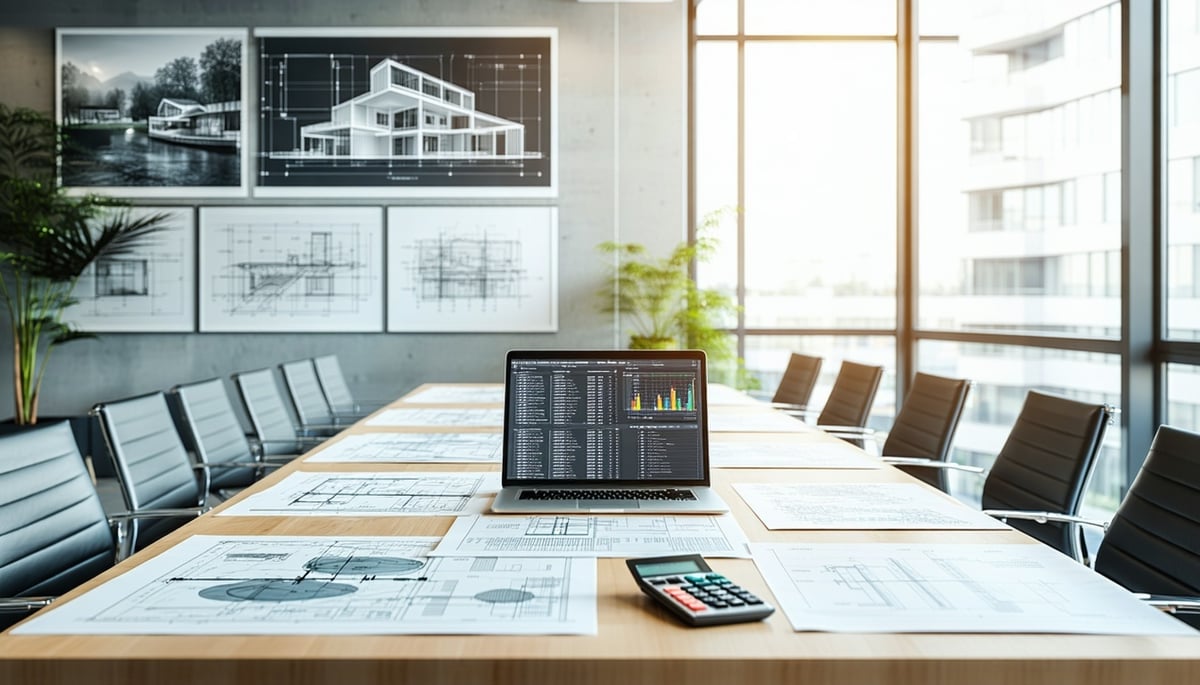Thinking about remodeling your kitchen but unsure how to balance design dreams with financial realities? At Lamont Bros., we understand that most homeowners have a budget—but that doesn't mean you have to sacrifice quality or craftsmanship. This guide walks you through how to approach a kitchen remodel strategically, so you can get the most value out of your investment—without cutting corners.
1. Define Your Remodeling Goals and Budget
Before diving into design choices, it's crucial to:
-
Set Clear Objectives: Determine what you want to achieve—be it improved functionality, updated aesthetics, or increased home value.
-
Establish a Realistic Budget: Understand your financial limits and allocate funds accordingly.
-
Prioritize Needs Over Wants: Focus on essential upgrades that align with your goals.
A well-defined plan ensures that your remodel stays on track and within budget.
2. Choose Between a Pull-and-Replace or Full Renovation
Understanding the scope of your remodel helps in budgeting:
-
Pull-and-Replace: Retain the existing layout while updating elements like cabinets, countertops, and fixtures. This approach is generally more cost-effective.
-
Full Renovation: Involves changing the kitchen's layout, which may require moving plumbing or electrical systems, and is typically more expensive.
Decide based on your needs, budget, and the current state of your kitchen.
Trying to get a better understanding of your kitchen remodel cost? Check out our Kitchen Remodel Cost Calculator - you'll be able to adjust the variables of your kitchen remodel to see exactly how each one impacts cost.
3. Optimize Cabinet Solutions

Cabinets often consume a significant portion of the kitchen remodel budget. Consider:
-
Refacing Existing Cabinets: If the cabinet boxes are in good condition, updating doors and hardware can provide a fresh look at a lower cost.
-
Selecting Cost-Effective Materials: Materials like laminate can offer durability and style without the premium price tag.
-
Limiting Customizations: Standard sizes and finishes are more budget-friendly than custom options.
Strategic choices here can lead to substantial savings.
4. Be Strategic with Appliance Upgrades

Appliances are essential but can be a significant expense:
-
Assess Existing Appliances: If they are functional and energy-efficient, consider keeping them.
-
Shop Smart: Look for sales, rebates, or gently used options to reduce costs.
-
Prioritize Needs: Invest in appliances that align with your cooking habits and lifestyle.
Balancing functionality with cost ensures you get the best value.
5. Select Materials Wisely

Material choices impact both aesthetics and budget:
-
Countertops: Options like butcher block or laminate can mimic the look of high-end materials at a fraction of the cost.
-
Flooring: Vinyl plank or tile offers durability and style without the premium price.
-
Backsplashes: Peel-and-stick tiles or painted designs can add character economically.
Choosing the right materials can achieve the desired look while staying within budget.
6. Enhance Lighting Thoughtfully

Lighting transforms the kitchen's ambiance:
-
Utilize Natural Light: Maximize existing windows to reduce the need for additional fixtures.
-
Upgrade Fixtures: Replacing outdated fixtures with modern, energy-efficient ones can make a significant difference.
-
Layer Lighting: Combine ambient, task, and accent lighting for functionality and mood.
Effective lighting enhances both aesthetics and usability.
7. Incorporate DIY Elements Where Appropriate
Taking on certain tasks can reduce labor costs:
-
Painting: Refreshing walls or cabinets with paint is a cost-effective update.
-
Hardware Installation: Replacing knobs and pulls is a simple DIY project.
-
Backsplash Application: Installing peel-and-stick tiles can be manageable for homeowners.
Ensure you have the necessary skills and tools before undertaking DIY projects.
8. Work with Professionals for Complex Tasks

This rendering shows one version of what this kitchen remodel might look like. Working with a Design Build firm allows you to see your space before you build and avoid unexpected events that can drive up cost and prolong your remodel. Learn more about Design Build.
While DIY can save money, certain aspects require professional expertise:
-
Electrical and Plumbing: Hiring licensed professionals ensures safety and code compliance.
-
Structural Changes: Modifications to walls or layouts should be handled by experienced contractors.
-
Design Planning: Consulting with designers can help optimize space and functionality.
Investing in professional services for complex tasks can prevent costly mistakes.
9. Plan for Contingencies
Unexpected expenses can arise:
-
Set Aside a Contingency Fund: Allocate 10-20% of your budget for unforeseen costs.
-
Regularly Review Budget: Keep track of expenses to stay within limits.
-
Be Flexible: Adjust plans as needed to accommodate changes.
Proactive planning helps manage surprises effectively.
A kitchen remodel on a budget is achievable with careful planning, strategic choices, and a balance between DIY efforts and professional assistance. By focusing on essential upgrades, selecting cost-effective materials, and being mindful of expenses, you can create a beautiful and functional kitchen that aligns with your financial goals.

